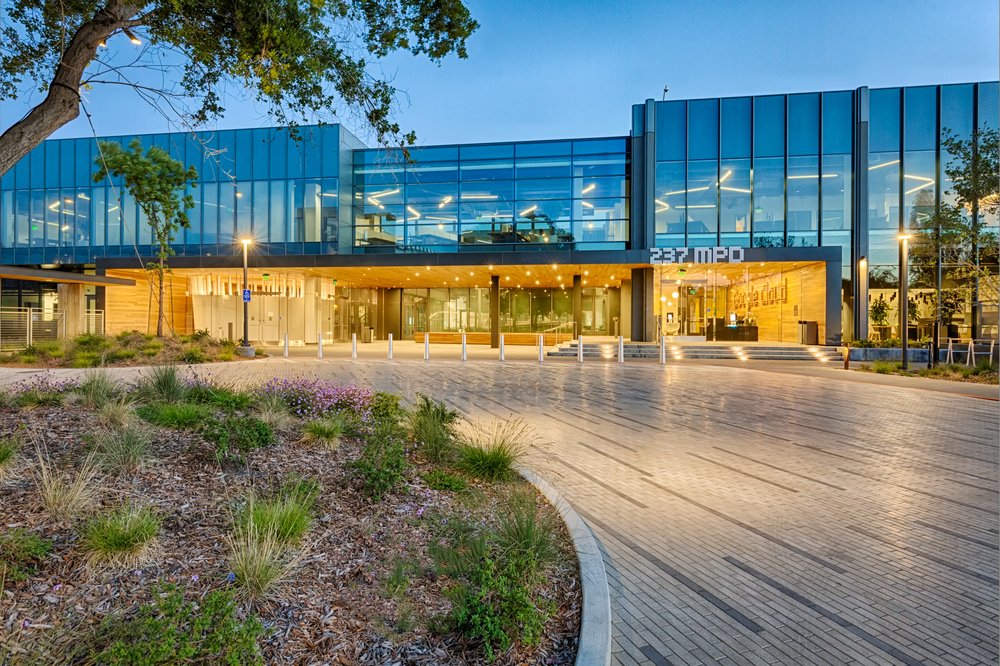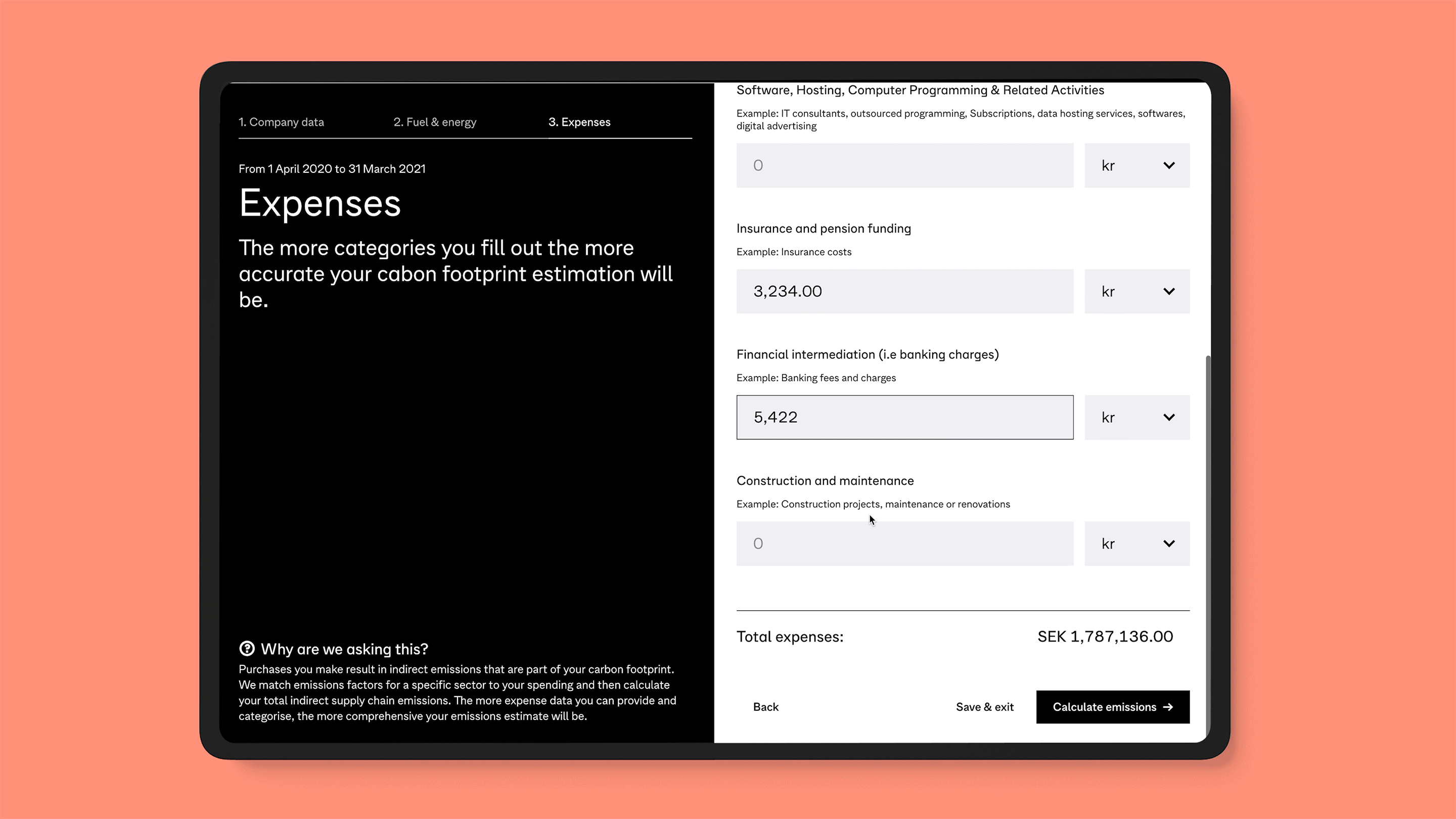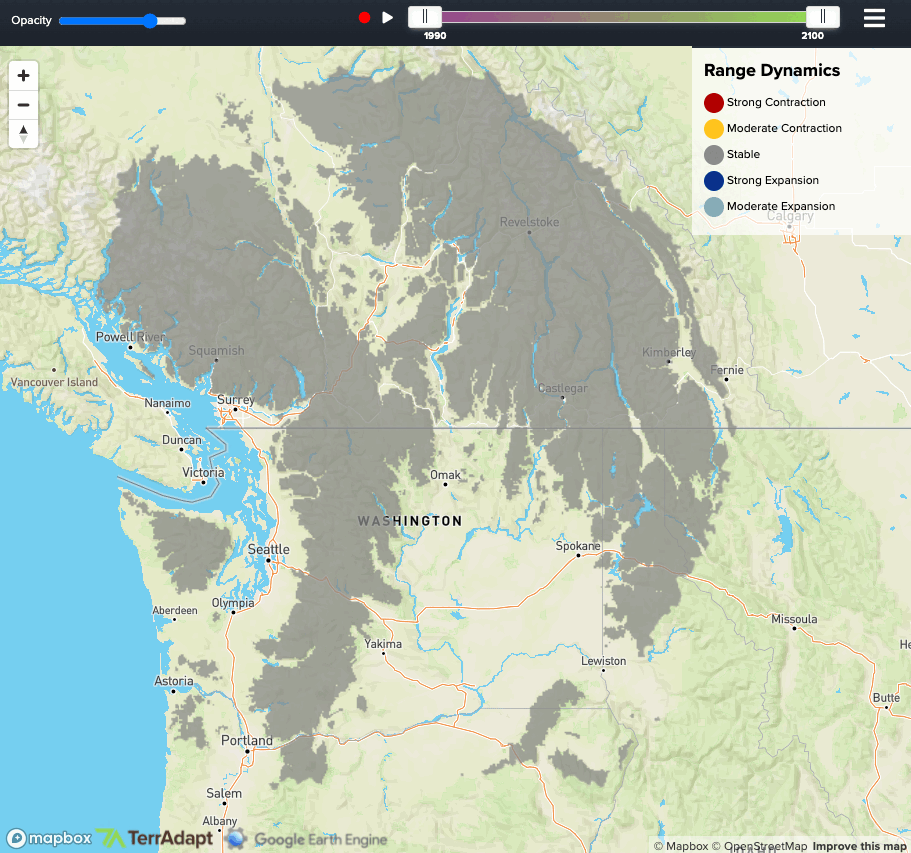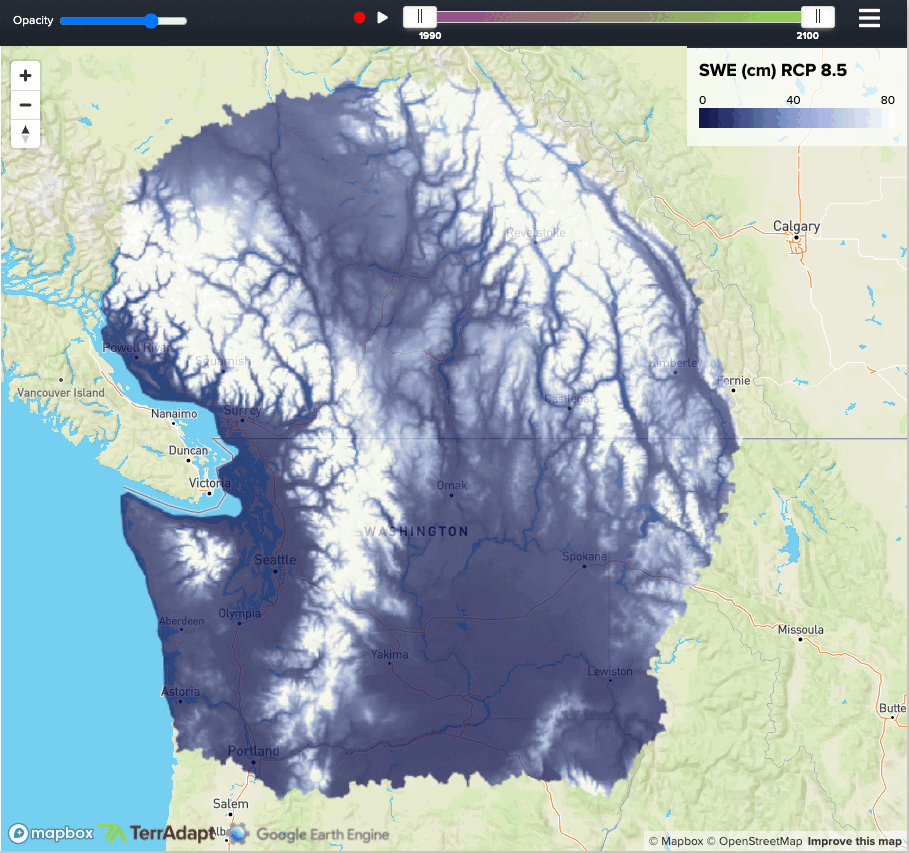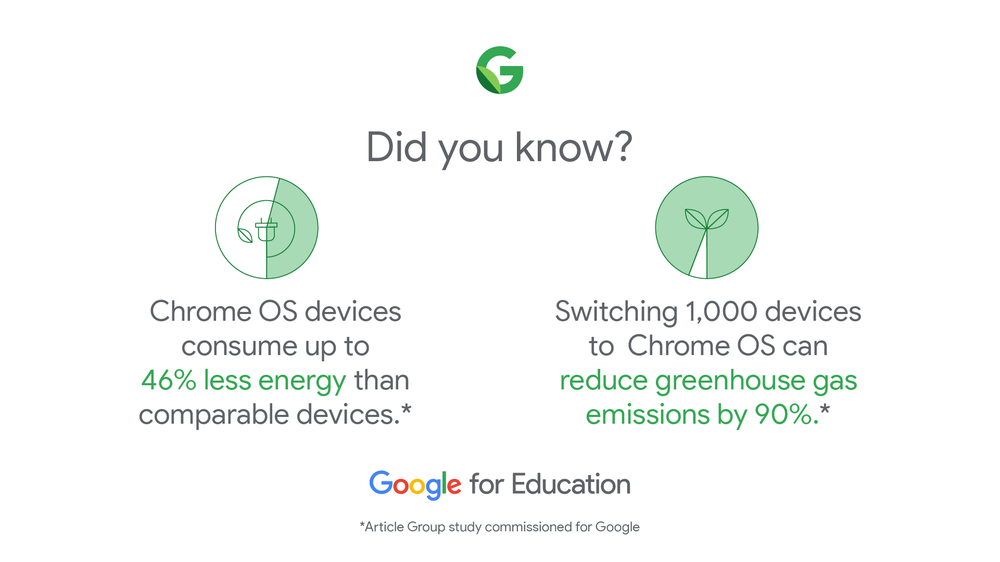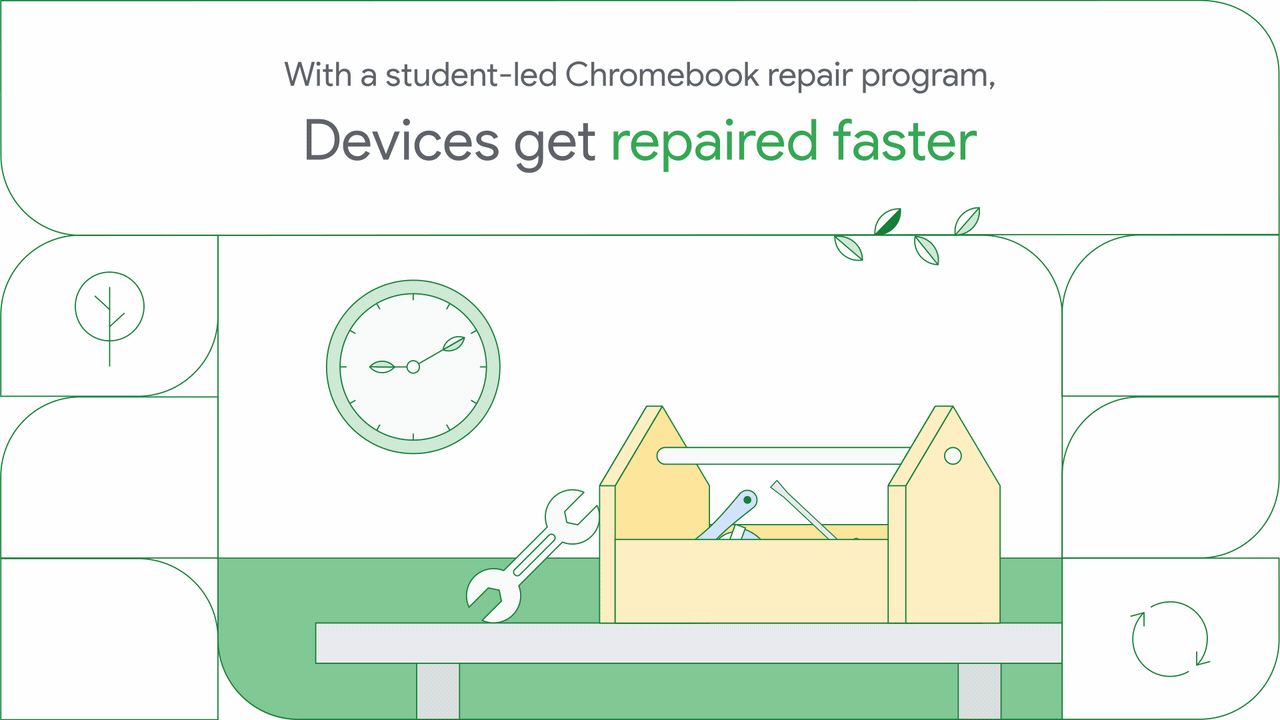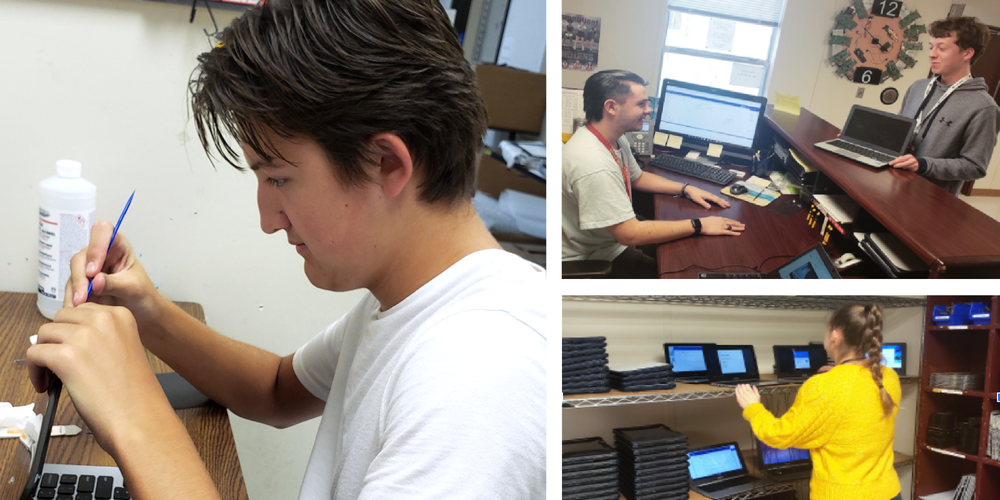Once at the heart of the industrial revolution, today London's King’s Cross is a hub for innovation and entrepreneurship. We’re proud to be part of this community, where thousands of Googlers work on products like Android and Google Business Profile that people around the world use.
We believe in the area’s future growth and potential, which is why it’s so exciting to see our newest development take shape. We’re partnering on our first ground-up development in EMEA with British designer Thomas Heatherwick and Bjarke Ingels Group. When finished, our new location will include more than one million square feet of office and ground-floor retail space, and it will be a resource not just for Googlers but Londoners, too. We want the spaces and experiences we offer to create opportunity for local people and businesses, and contribute to the culture of entrepreneurship and vibrancy of the area.
A space curated by — and for — the local community
One of the ways our ambition will come to life is via our office’s ground floor, which runs along King’s Boulevard. To ensure it meets the needs of our local area, we’re listening to residents’ and small businesses’ views and ideas through partnerships with organisations like Camden Giving, which works to end poverty and inequality in Camden, and local media startup Camdenist. We’ll continue this work to ensure the place we create is relevant and meaningful, and has a positive local impact, complementing our wider community outreach in the area.
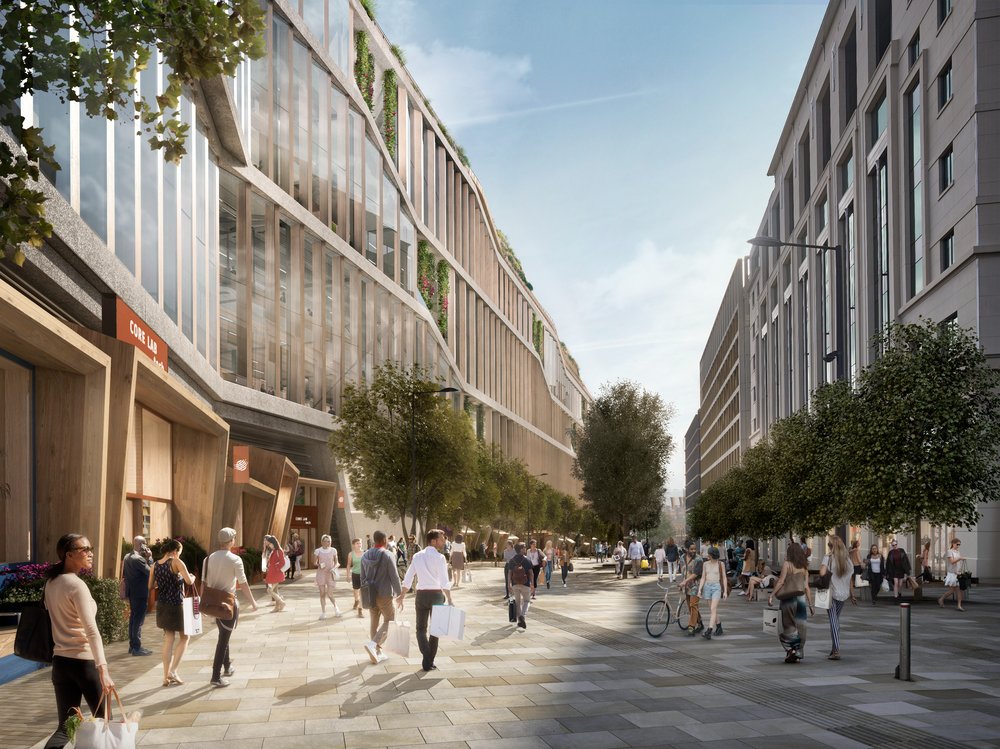
A visualisation of King’s Boulevard featuring a mix of different shops and spaces
A mix of local makers and established and growing brands
We recently submitted plans for a redesigned ground-floor space that will include more than 250 metres of shop fronts and a flexible space for events and community use. Our ambition is to create a lively, welcoming boulevard that connects communities to an ecosystem of local makers, purpose-driven retailers, and public activities.
We plan to offer the shop units to a mix of established and growing brands, and provide support to help great ideas grow. Alongside the individual retail units, a market hall will offer a launchpad for small businesses, while a community, education and event space will host a changing programme of events all year round.
The new ground floor designs will create a more inviting, creative public space, with a series of playful tilting timber portals and varied shop fronts that each tenant can customise. The designs also incorporate more places for the public to come together — something we’ve heard is important to local residents.
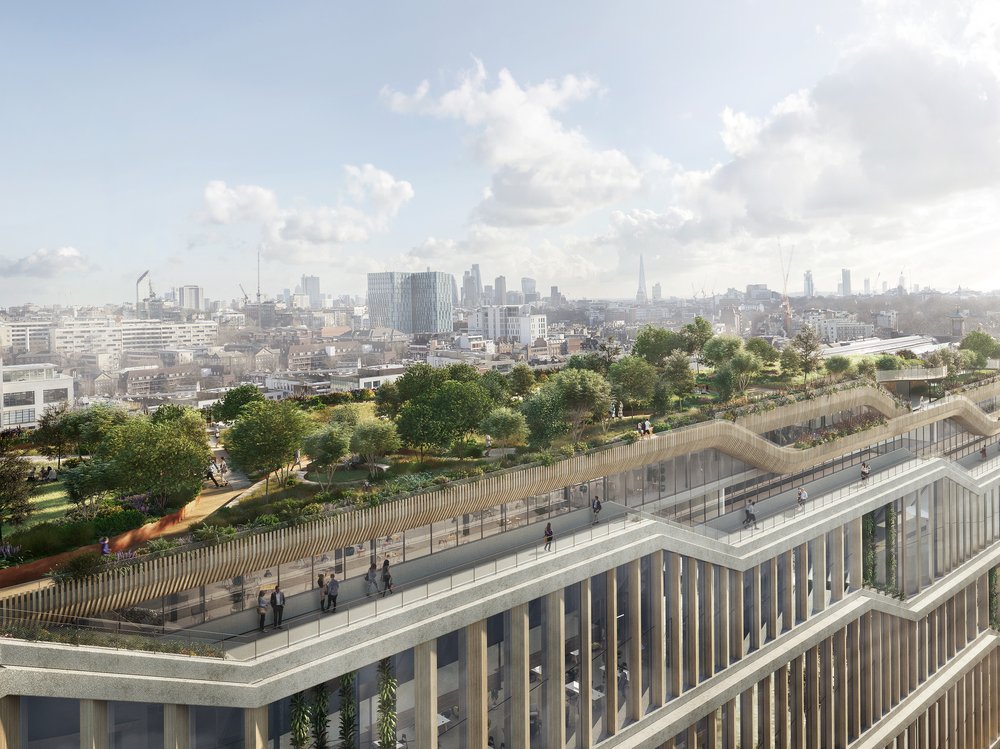
Visualisation of the roof of our newest building in King’s Cross.
A sustainable and flexible workplace
We believe in the value of coming together in person to collaborate, which is why we’re continuing to invest in our offices around the world. As we transition to flexible, hybrid work, we’re introducing new workplace technologies and collaboration spaces to keep our teams connected wherever they’re working.
We’re also emphasising sustainability in all aspects of the building’s design as we work towards a carbon-free future. The kitchens and onsite equipment will be fully electric, which will allow us to track hourly energy usage and match this with local renewable energy. A system of 13,500 interconnected devices around the office will improve energy efficiency in real time, while solar shading will help regulate the building’s temperature by reducing glare from the sun. We’ve prioritised low-carbon, local materials in the construction and interior design to reduce the carbon impact of our building by 20%.
We’ll share the lessons we learn to help other businesses reduce their carbon impact too, building on our partnerships with Camden Clean Air, the Knowledge Quarter and other local groups.
As well as offering a quiet green space for breaks during the work day, a densely planted outdoor roof garden, with a rainwater irrigation system, will provide a habitat for protected species of bats and birds. We’re collaborating with the London Wildlife Trust and the borough of Camden as part of a wider initiative to protect our native species and improve local biodiversity.
How Google supports the local community today
We’re proud to partner with more than 60 grassroots charities across Camden, providing mentoring, skills training and funding to support their work. In the past two years we’ve provided virtual work experience for more than 200 students in Camden schools, and supported over a thousand local residents impacted by COVID with our Community Help Kit. We’ve built strong connections and gained incredible insights from these programmes which, together, bring the voice of local residents and businesses into our long-term plans.
Google’s community-led mentoring really had a profound effect on me and totally changed my approach to building the brand of Comic Mania. I honestly don't think I could have got better support even if I paid for it.
Our commitment to the U.K.
Our ongoing work on our King's Cross campus along with our $1 billion investment in our London Central Saint Giles office demonstrates our long-term commitment to the U.K. We‘ll keep working hard to ensure we play a meaningful role in the cities we call home.

